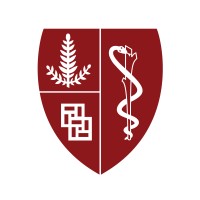
Stanford University School of Medicine
Stanford Medicine improves health through leadership, diversity and collaborative discoveries and innovation in health care, education and research. The Stanford School of Medicine is a premier setting for integrated research, medical education and clinical care. As the academic hub of Stanford Medicine, which also comprises adult and pediatric health care delivery systems, it fuels discovery and innovation to advance human health while empowering the medical and scientific leaders of tomorrow. Learn more at med.stanford.edu/school.






